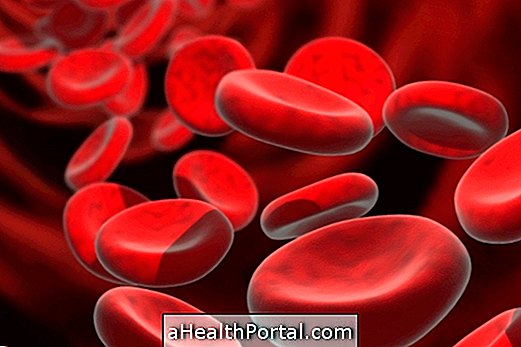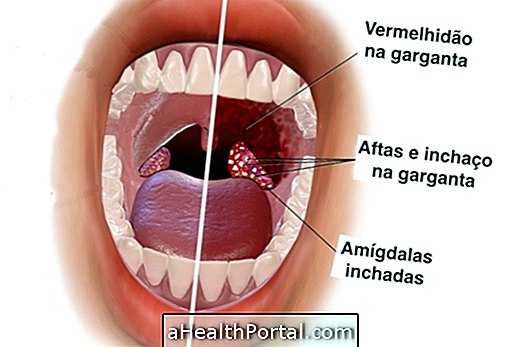Cavernous angioma is a benign tumor formed by an abnormal accumulation of blood vessels in the brain or spinal cord and rarely in other parts of the body.
Cavernous angioma is formed by small blisters that contain blood and can be diagnosed by means of the MRI.
Cavernous angioma is usually hereditary, and in these cases, more than one angioma is normal. However, it may develop after birth, in isolation or associated with venous angioma.
Cavernous angioma can be dangerous because when it is large it can compress regions of the brain and cause symptoms like problems of balance and vision or convulsions, for example. In addition, cavernous angioma can bleed, which can cause paralysis, neurological sequelae, or even death, especially if it is located in the brainstem, which is responsible for vital functions such as breathing or heart beats, for example.


Symptoms of Cavernous Angioma
Cavernous angioma symptoms vary by location, but may include:
- Headaches;
- Convulsions;
- Weakness or numbness on one side of the body;
- Vision, hearing, or balance problems;
- Difficulty concentrating, attention or memorizing.
Cavernous angioma is usually only diagnosed when it causes symptoms, such as magnetic resonance imaging (MRI).
Treatment for cavernous angioma
Treatment for cavernous angioma is usually only necessary when it causes symptoms. In this way, the neurologist may prescribe anti-seizure medications or analgesics to reduce seizures and treat headaches, respectively.
Surgery for removal of cavernous angioma is also a form of treatment, but it is only done when the seizures do not go away with the remedies, the cavernous angioma bleeds or is increasing in size over time.
























